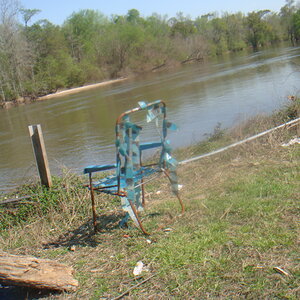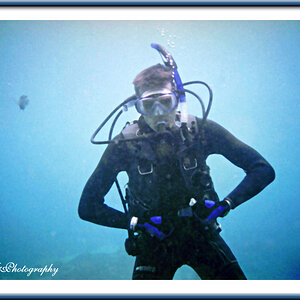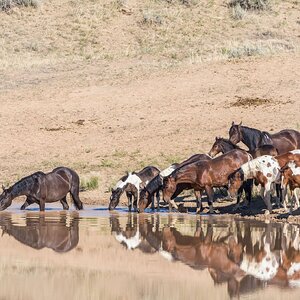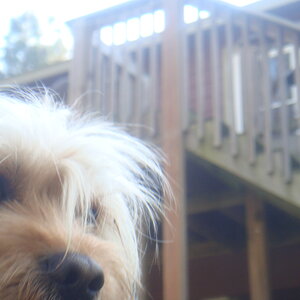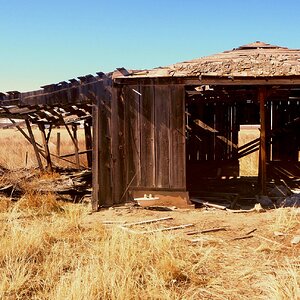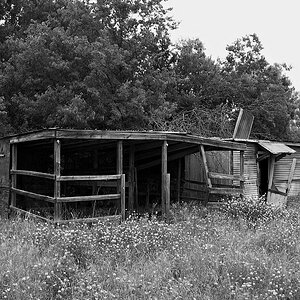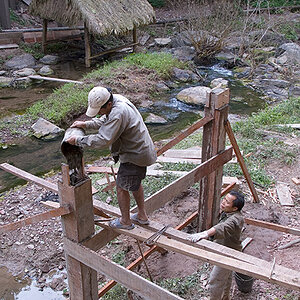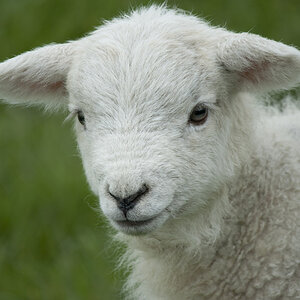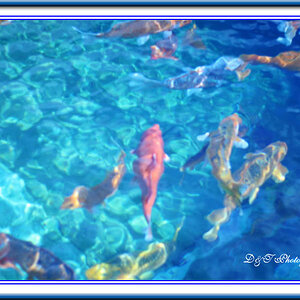ksmattfish
Now 100% DC - not as cool as I once was, but still
- Joined
- Aug 25, 2003
- Messages
- 7,019
- Reaction score
- 36
- Location
- Lawrence, KS
- Website
- www.henrypeach.com
- Can others edit my Photos
- Photos NOT OK to edit
GerryDavid said:Why would you have to load the film in total darkness? since the exposures on the roll start a good distance from the feeder, there shoudlnt be any leaking to the rest of the roll. Unless ir is able to pass through the roll material and you mean to keep the IR roll in the roll tube till your in total darkness, but I cant see that being the case.
Light/IR can penetrate the felt. Most film has an antihalation layer. This keeps visible light from passing through the film itself. For instance if a tightly wound roll was exposed to light, only the outside and edges would be lightstruck. The antihalation layer would prevent the light from stiking the film deeper within the roll. IR film usually doesn't have this, and even if a particular brand does, it only stops visible light, therefor IR can penetrate and fog even a tightly wound roll of film.



![[No title]](/data/xfmg/thumbnail/38/38739-1ad36a46750bafbe805f009b4453e8be.jpg?1619738703)

